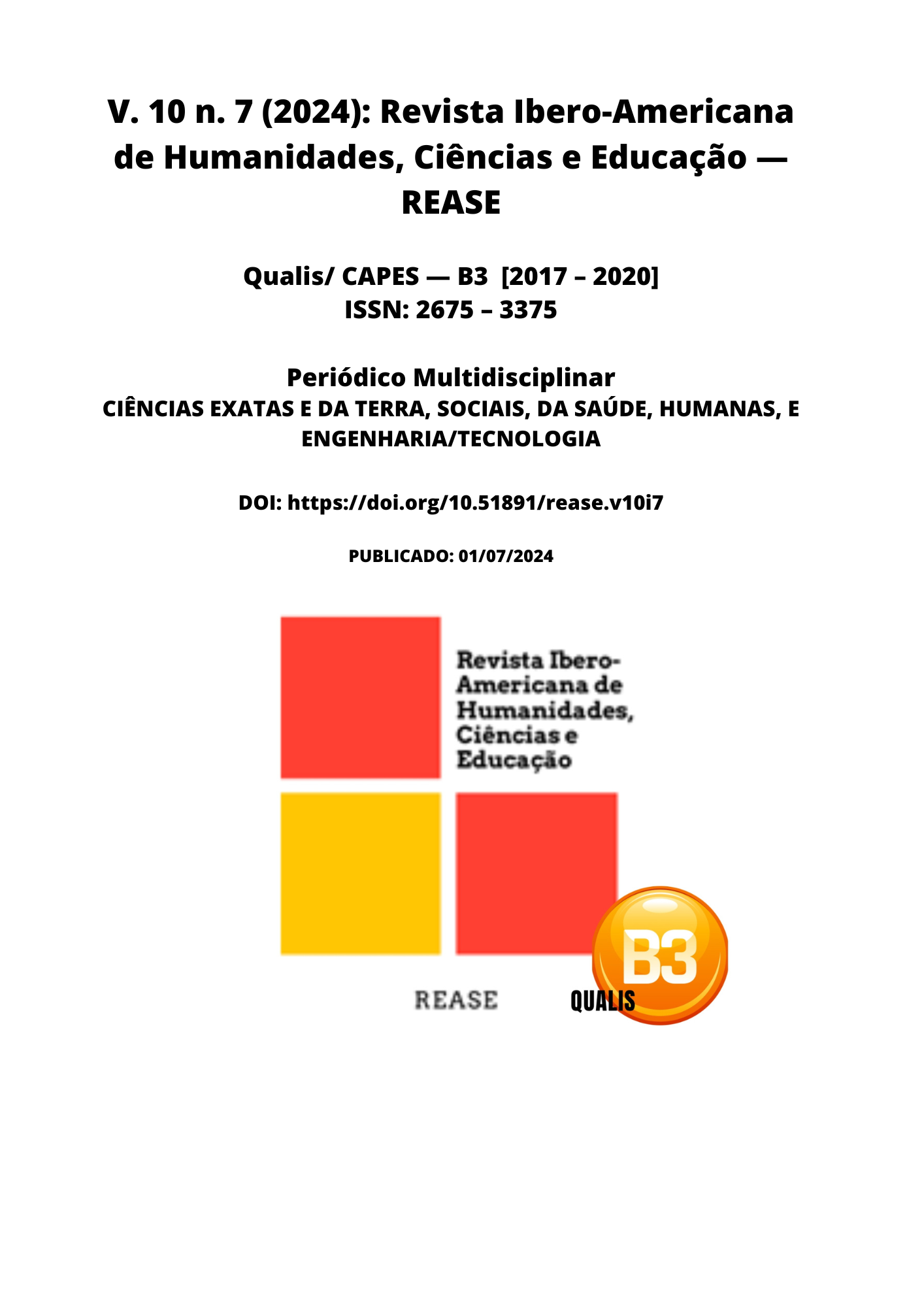THE PHYSIOLOGICAL AND PSYCHOLOGICAL BENEFITS OF DANCE AND ITS EFFECTS ON CHILDREN AND ADOLESCENTS: AN APPROACH IN SCHOOL PHYSICAL EDUCATION
DOI:
https://doi.org/10.51891/rease.v10i7.14944Keywords:
Physical Education. Dance. BenefitsAbstract
Regular physical activity is considered one of the most important lifestyle factors for maintaining good health and increasing life expectancy. Dance is considered an activity that involves coordinating movements with music, as well as brain activation, as it is necessary to constantly learn and remember new steps. Participating in dance helps teens develop essential life skills such as resilience, discipline and determination. It teaches them to persist in their goals despite failure and adversity. Dancing for children is an excellent way to improve their coordination, balance and motor skills without the risk of injury from playing sports. For children, it's a more active way to have fun outdoors and stay fit. Dance teaches about self-esteem, self-respect and self-confidence, which often translates into improvements in other areas of their lives, such as academic performance and emotional health. It is a great way to improve cardiovascular fitness and endurance because it requires physical movement and strength. muscle, which can help with weight loss and general physical development, which is especially important for growing children. The aim of this review was to examine the physiological and psychological benefits of dance in school physical education and its effects on children and adolescents.
Downloads
Downloads
Published
How to Cite
Issue
Section
Categories
License
Atribuição CC BY

